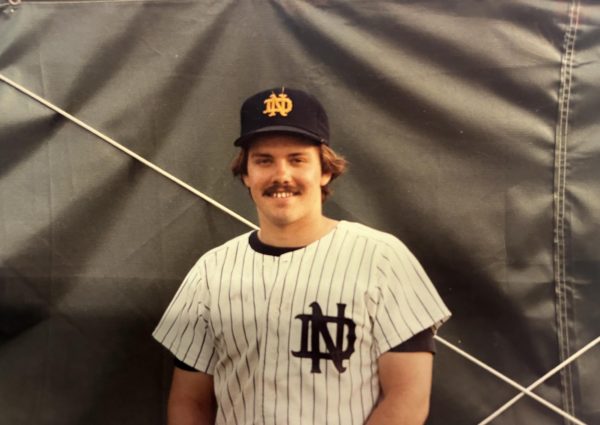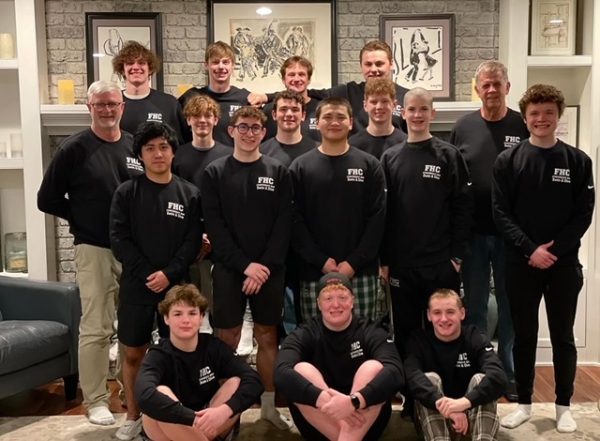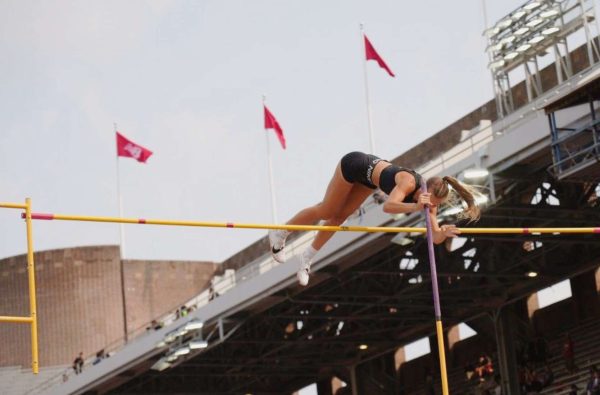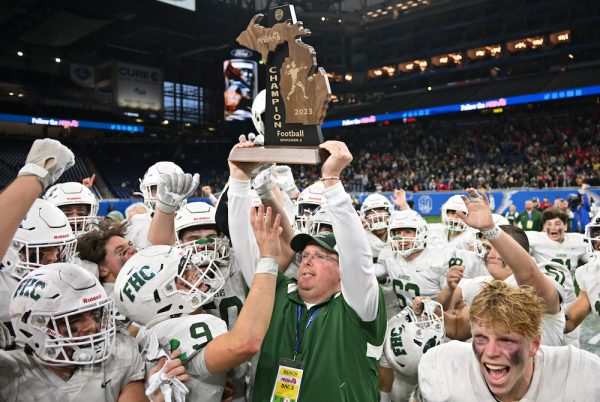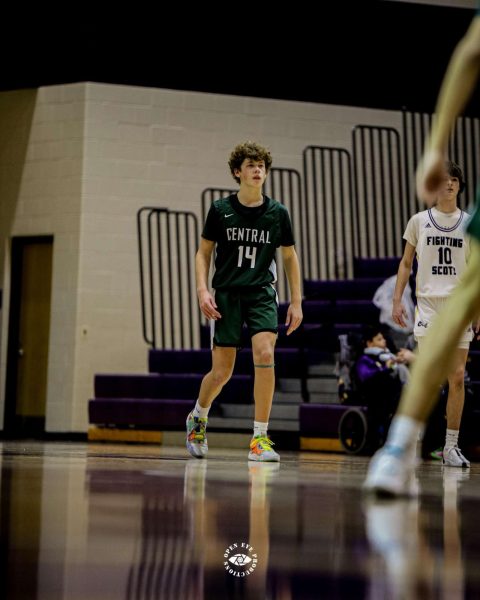The recruiting process
Happy young black man with basquetball ball relaxing outdoors while using smart mobile phone to send an audio voice message – Technology, youth and millennial generation people concept
The recruiting process for a high school athlete can go many different ways. However, what makes the recruiting process so special and yet different for each athlete? What are student-athletes looking for in a school, and what are schools looking for in said athlete?
“I started off by making a skills video,” said senior softball player Maya Holser, “that really helped get a lot of colleges’ attention. Along with the video, there is a recruiting website where coaches can view that video and any other skills videos that I uploaded from high school and travel games.”
Some student-athletes have large numbers of universities/colleges coming to them in attempt to try to get them on their teams. However, some student-athletes have certain universities/colleges in mind, making the list of their recruiters quite short.
“The only official offers I got were from [University of Indianapolis] and GVSU because those were the two schools I was actually targeting,” quoted senior lacrosse player Delaney Smith.
There are five steps to the recruiting process from a university’s/college’s side. The first step is gathering a list of prospective student-athletes; the names of these prospects can be gathered from various recruiting sites where athletes can put their skills on display through recorded videos. The second step for the university/college would be to send out recruiting letters, questionnaires, and camp invites; this stage is where recruiters can find out if prospects would “actually” be interested in going to their school and being a part of their team. The third step is the evaluation process, and this can take place at prospect camps, high school games, or travel games. The fourth step is to extend verbal offers and scholarships to the student-athlete, that is of course if the coaches like what they see in the player. The fifth and final step is when the student-athlete signs to his or her university/college and fully commits to becoming a collegiate athlete at said school.
Ultimately, what makes a high schooler sign on the dotted line? What makes him or her say, “This is where I want to spend the next four years of my life doing the sport I love?”
“I chose Hope for so many reasons,” stated senior Maya Holser. “I love the campus for how pretty and small it is. The head coach made me feel like she really wanted me to be a part of the program, which was nice. I also love the fact that Hope is so close to the beach, and I love the atmosphere of downtown Holland. The convenience in distance from Hope to home is great; it is close, and yet far enough away.”
Many factors go into the decisions and eventual partnership of a university/college and a student-athlete. From an athlete’s perspective, not only does the school need to offer a good amount of money but also things such as a great location, a positive campus atmosphere, and a feeling of belonging. Forest Hills Central has many student-athletes moving on to the collegiate level. Each recruiting journey had variations to them, but one thing they all share in common is that there is has a student-athlete who loves his or her sport and now have the opportunity to do it at some of the highest levels for the next four years.

Matthew Holtgreive is a senior at FHC and is going into his first year as part of the Sports Report class. Matthew participates in baseball at FHC and...




